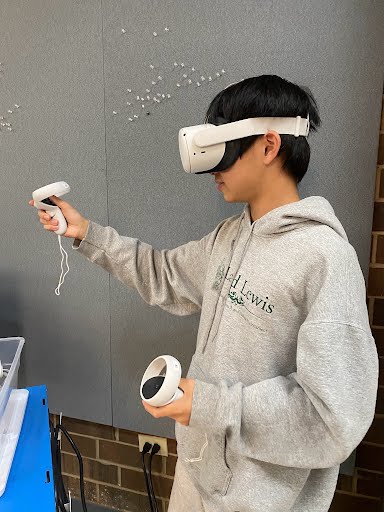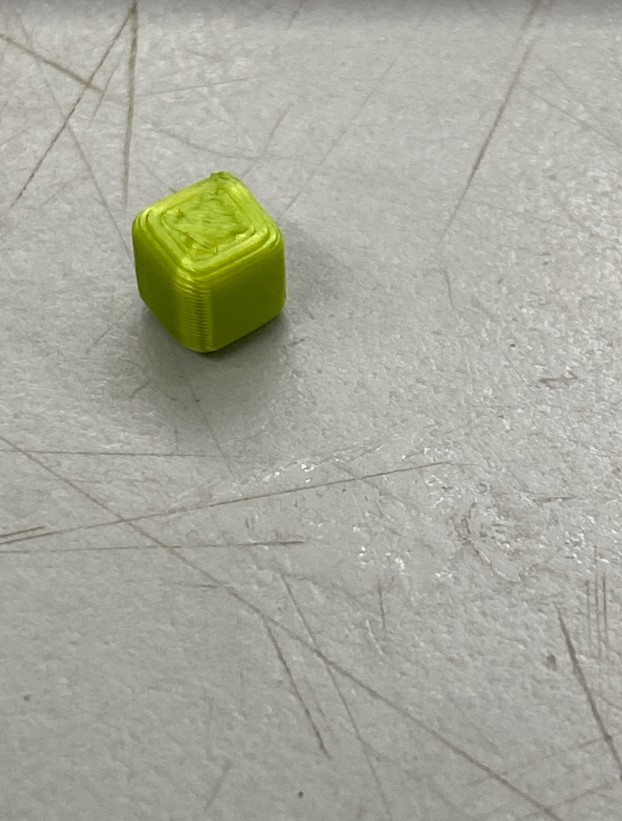Gravity Sketch
Workflow
As a supplement to CAD week, our Fab Lab provided us with the unique opportunity to try out Gravity Sketch, a program that allows for drawing and 3D modeling while in virtual reality (VR). We used the Oculus Quest 2 VR headsets for this.
 |
 |
Unfortunately, I wasn't able to find a way to take screenshots while inside the headset, and thus cannot provide a picture of me testing out the designing space. However, I was able to create and print a file from the VR headset using the following steps:
- Launch Gravity Sketch from the Library menu.
- Click "File Manager".
- Create your new sketch with the Plus button.
- Design your model. Use the right hand outer trigger to draw, the right hand inner trigger to grab, and the left hand buttons as a menu.
- After finishing your sketch, click the blue button on the left hand controller.
- Select the "Save and Export" on the menu that pops up.
- Click "Export".
- Name your file and select your export file type. Click the check mark. The file is now exported into LandingPad, the online storage software that Gravity Sketch uses.
- Open landing pad on your computer & download the exported file.
- You can then open the file from your computer. I exported the file from Gravity Sketch as an OBJ file, and was able to open it in PrusaSlicer where I printed the test design.
Here is the design as viewed in LandingPad:

This 3D print is a small proof-of-concept cube that I designed entirely in VR and took through the entire printing process, only taking 2 minutes to print.

Conclusion
While the immersive experience designing in VR is pretty cool, I do not think I will ever use Gravity Sketch for any real designing. Actually creating and moving objects while in the headset is cumbersome and requires a lot of moving your body, and there is little actual geometric constraints that can be applied. It was difficult to even place an object on the ground, and impossible to snap an object to another object's centerpoint. Additionally, the complex and annoying process of exporting and importing files is a major deterrent for using Gravity Sketch as a serious CAD software. I was also unable to find a way to export screenshots, and even if a process did exist to export screenshots, my inability to find it in half an hour of experimentation means that the process was likely very convoluted. Although I wouldn't ever use Gravity Sketch for designing a model, VR proves itself as an interesting way to view already-created models.